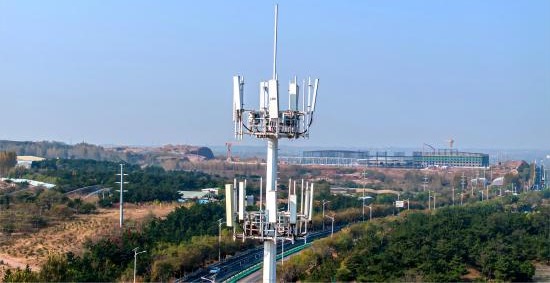The height of a monopole tower can vary depending on several factors, including its specific design, intended purpose, location, and local regulations. Generally, monopole towers can range in height from tens of feet to several hundred feet. However, it's important to note that extremely tall monopoles, typically exceeding 200 feet (61 meters) or more, are less common and often subject to more stringent regulatory requirements.
The height limitations for monopole towers are typically determined by various factors, including:
1. Structural Considerations: The structural design and engineering of the monopole tower must ensure its stability and ability to withstand environmental forces, such as wind loads and seismic activity. As the height increases, the tower's structural design must be modified to accommodate the increased loads and maintain stability.
2. Location and Zoning Regulations: Local regulations and zoning ordinances play a crucial role in determining the allowable height of monopole towers in specific areas. These regulations are put in place to ensure the towers do not obstruct flight paths, interfere with other structures or services, or negatively impact the visual aesthetics of the area.

3. Aviation and Obstruction Concerns: The proximity of the monopole tower to airports, heliports, or flight paths may impose height restrictions to ensure the safety of aircraft operations. Height limitations are enforced to prevent potential hazards and obstructions to air navigation.
4. Radio Frequency and Antenna Considerations: The height of a monopole tower may be influenced by the specific requirements of the antennas or equipment it supports. The height is often determined based on the desired coverage area, line-of-sight considerations, and signal propagation characteristics.
It's essential to consult with local authorities, engineering professionals, and regulatory bodies to determine the specific height limitations and requirements for monopole towers in a particular location. These consultations ensure compliance with local regulations, safety standards, and engineering considerations to ensure the tower's stability and functionality.
Learn more at www.alttower.com
